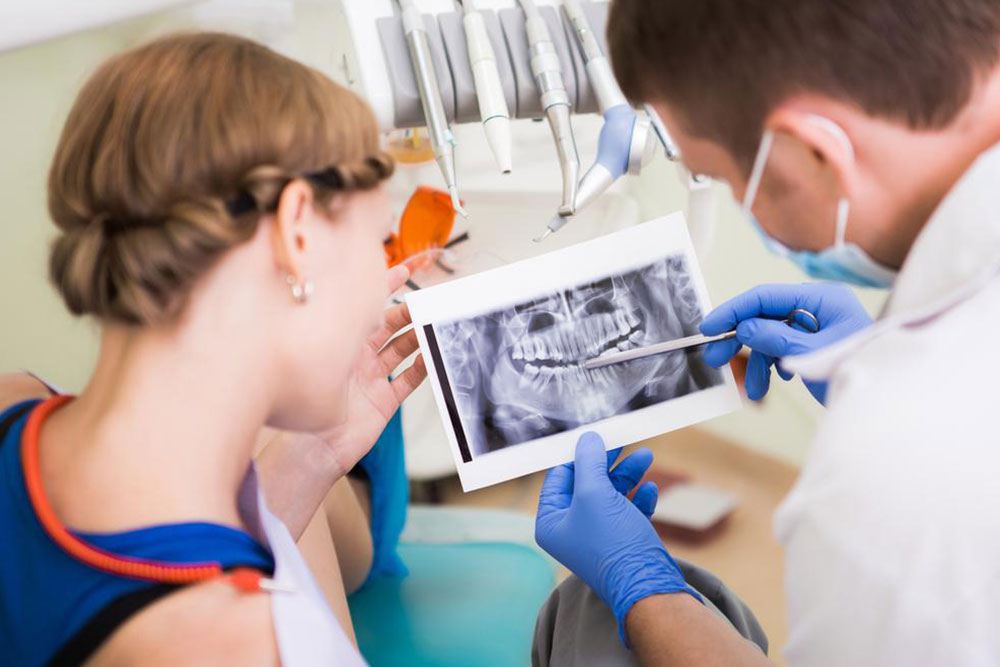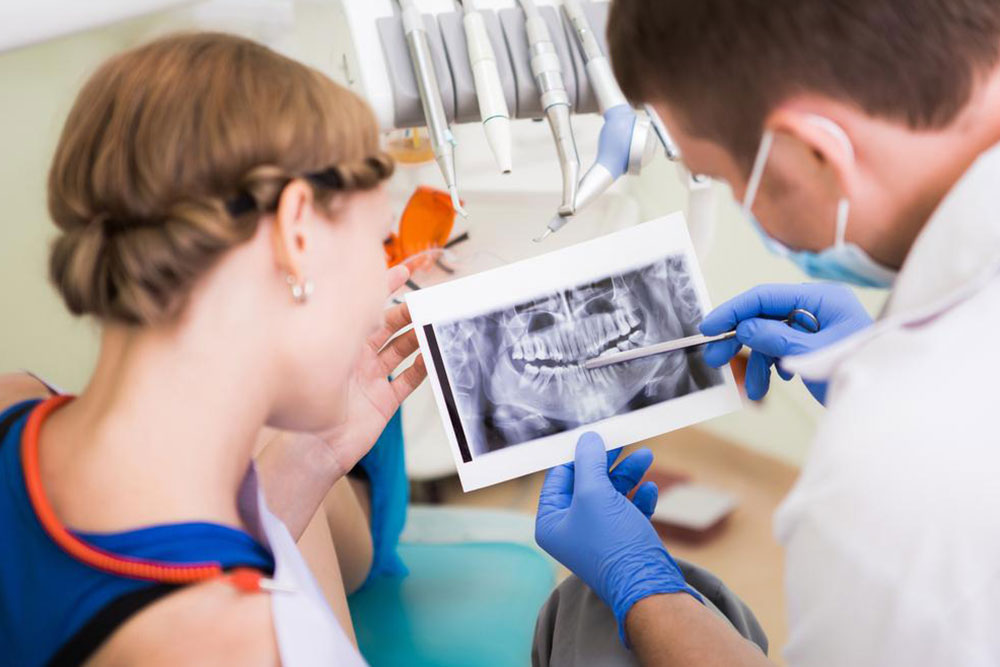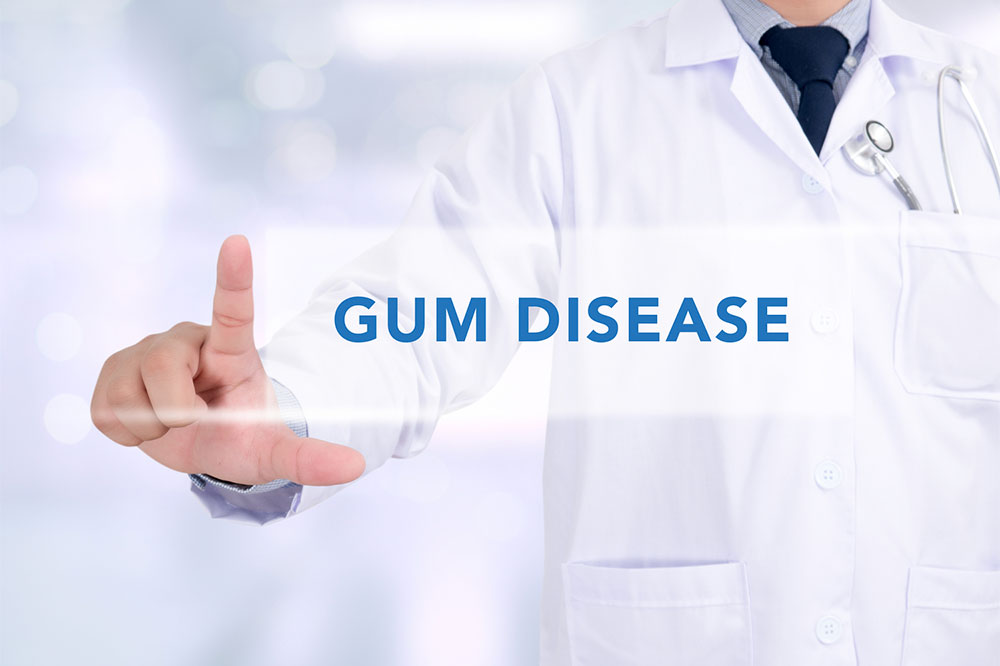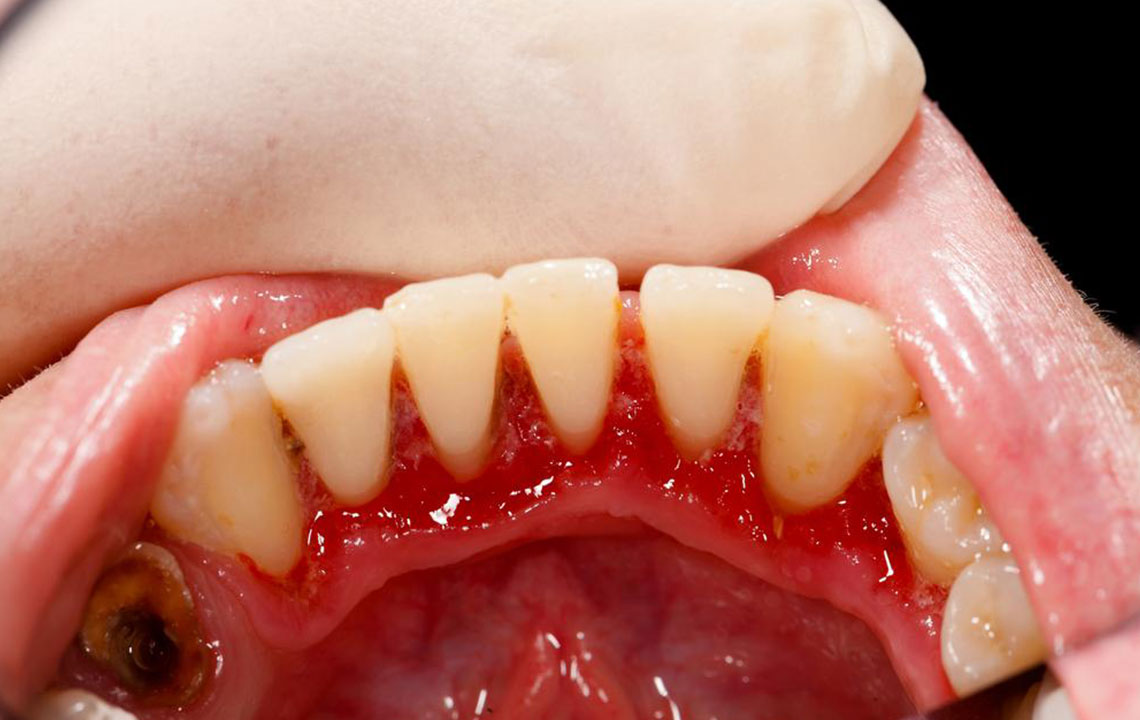Comprehensive Guide to Gum Disease: Symptoms, Causes, and Effective Treatment Strategies
Gum disease, or periodontal illness, affects many with symptoms like bleeding gums and bad breath. This comprehensive guide explores its causes, symptoms, differences between gingivitis and periodontitis, and effective treatment methods. Early detection and proper oral hygiene are key to preventing irreversible damage and maintaining overall health, especially for those at higher risk due to lifestyle or health conditions. Regular dental visits and lifestyle changes can help manage and prevent gum disease effectively.

Comprehensive Guide to Gum Disease: Symptoms, Causes, and Effective Treatment Strategies
Gum disease, medically known as periodontal disease, is a prevalent oral health issue that affects millions of individuals worldwide. It involves infection and inflammation of the tissues that support the teeth, including the gums, periodontal ligament, and alveolar bone. The oral cavity's unique environment makes it especially susceptible to a variety of infections, which can, if left untreated, lead to serious dental complications. Understanding the symptoms, underlying causes, and available treatments for gum disease is essential for maintaining optimal oral health and preventing tooth loss.
• Primary Causes of Gum Disease: The most common cause of periodontal disease is inadequate oral hygiene. Failing to brush teeth at least twice a day and neglecting flossing allows plaque—a sticky film composed of bacteria, food particles, and saliva—to accumulate along the gumline. Over time, this plaque hardens into tartar, which irritates the gums and promotes bacterial growth. Hormonal changes during pregnancy, menstruation, and menopause can make gums more sensitive and prone to inflammation. Underlying health conditions, such as cardiovascular disease, diabetes, and acid reflux, can compromise immune responses and worsen gum health. Additionally, lifestyle habits like smoking significantly impair circulation in the gums, hindering healing and increasing vulnerability to infections. Excessive alcohol consumption can also contribute to gum problems by dehydrating tissues and reducing saliva production, which normally helps to protect the mouth from bacteria.
• Recognizing the Symptoms: Early detection of gum disease is crucial for effective treatment. Common signs include bleeding gums during brushing or flossing, persistent bad breath (halitosis), and visible plaque buildup along the gumlines. As the disease advances, symptoms may include swollen, red, or tender gums, loose or shifting teeth, receding gums exposing more of the tooth roots, and even pus between the teeth and gums. Patients often experience a feeling of gum sensitivity, especially when consuming hot, cold, or sweet foods. Reduced immunity and general fatigue may also be associated with advanced periodontal infections, indicating a systemic impact beyond oral health.
• Differences Between Gingivitis and Periodontitis: Gingivitis is the initial stage of gum disease, characterized by mild inflammation, redness, and bleeding gums. It is reversible with proper oral hygiene and professional cleanings. However, if gingivitis is left untreated, it can progress into periodontitis, a more severe form of periodontal disease. Periodontitis involves destruction of the supporting tissues, including the periodontal ligament and alveolar bone, leading to the formation of periodontal pockets. This can result in loose teeth, tooth loss, and irreversible damage to the jawbone. Diagnosis typically requires a comprehensive dental examination, including X-rays, to assess the extent of bone loss and tissue damage.
• Effective Treatment Options: Managing gum disease begins with thorough professional dental cleaning. Scaling and root planing effectively remove plaque and tartar from beneath the gumline, reducing inflammation. In more advanced cases, surgical interventions such as flap surgery, bone grafts, or tissue regeneration may be necessary to restore lost tissues. Improving oral hygiene practices is vital; this includes brushing twice daily with fluoride toothpaste, flossing daily, and using antiseptic mouthwashes as recommended by dental professionals. Dietary modifications, such as reducing sugar intake and consuming a balanced diet rich in vitamins C and D, support gum health and immune function. Lifestyle changes like quitting smoking and limiting alcohol intake significantly enhance treatment outcomes. For some patients, antibiotics or antimicrobial agents may be prescribed to control bacterial infections. Regular dental checkups every six months are essential to monitor progress and prevent recurrence of gum disease.
Understanding the complexities of gum disease and taking proactive measures can significantly improve oral health and overall well-being. Early intervention, combined with diligent oral hygiene and professional care, offers the best chance to prevent irreversible damage. If you notice any symptoms of gum problems, consult your dentist promptly to develop an appropriate treatment plan tailored to your needs. Remember that maintaining healthy gums is not only critical for dental aesthetics but also plays a vital role in supporting overall systemic health, including heart health and diabetes management.





